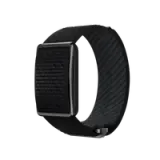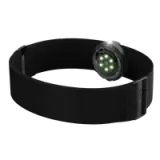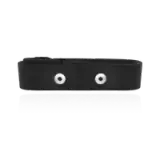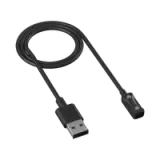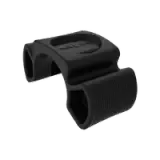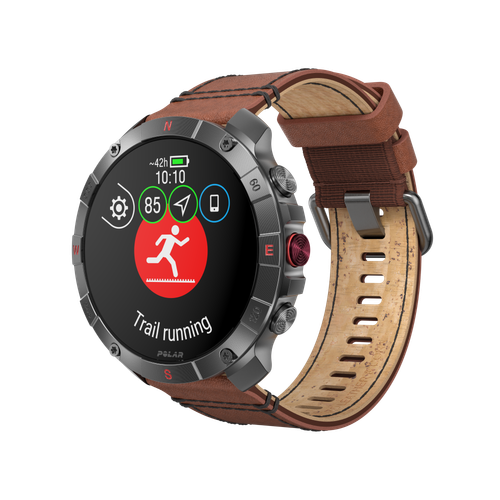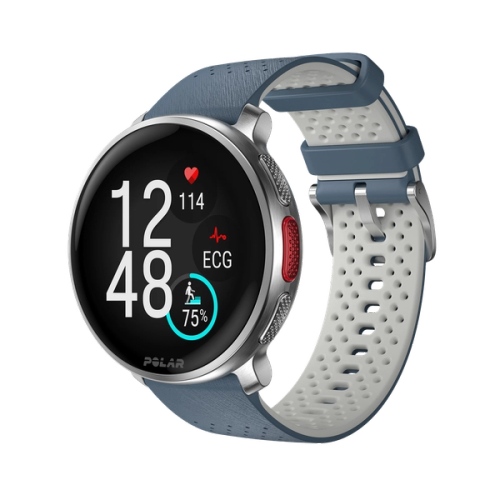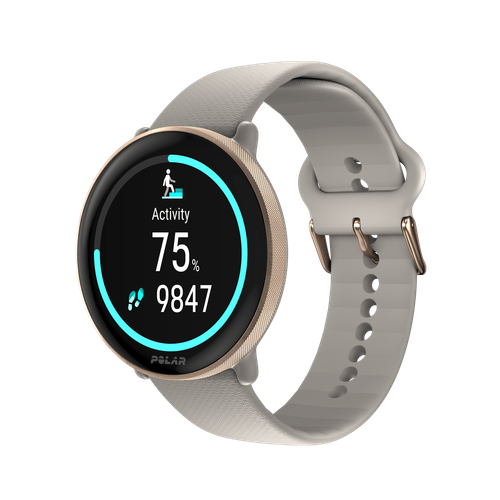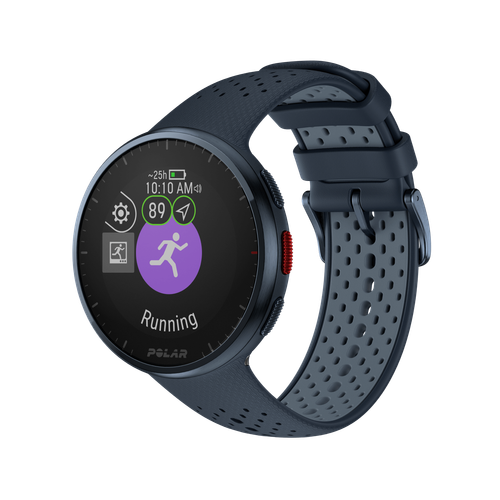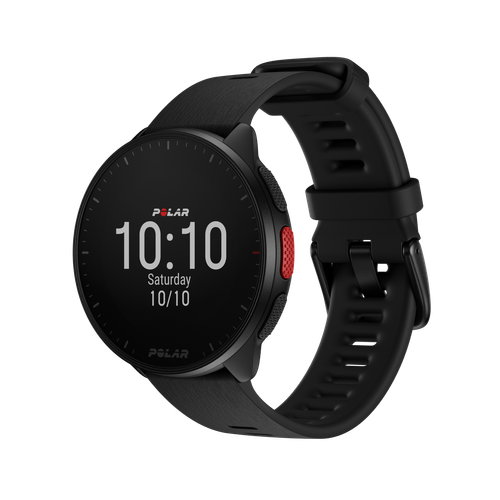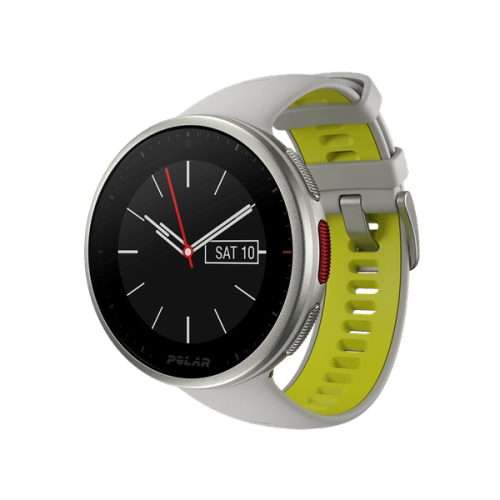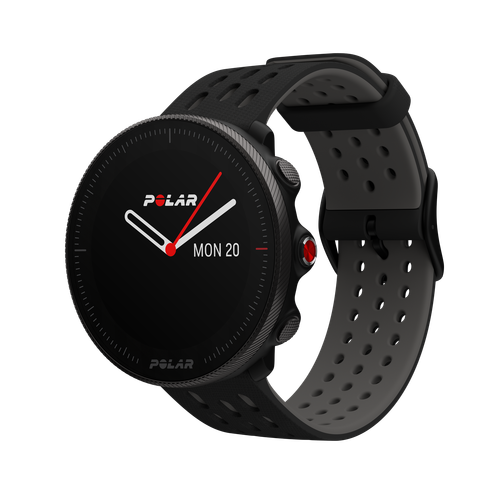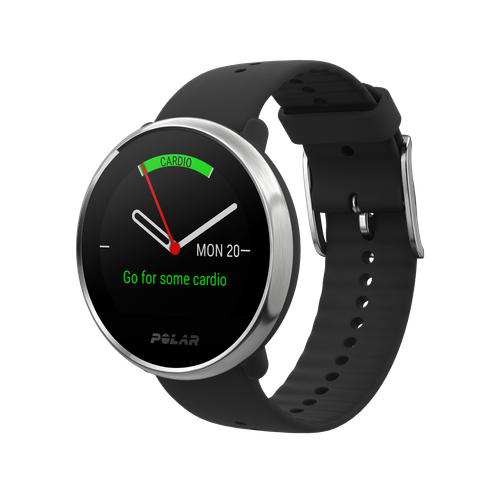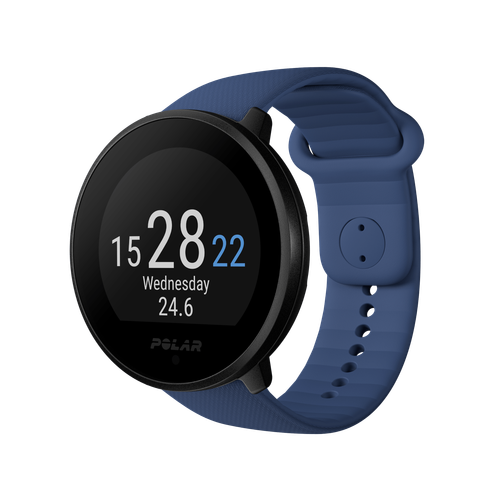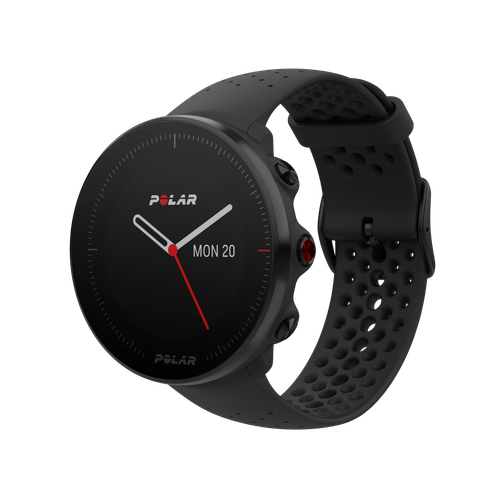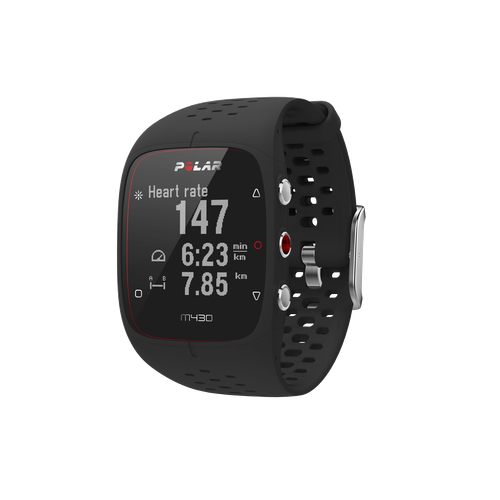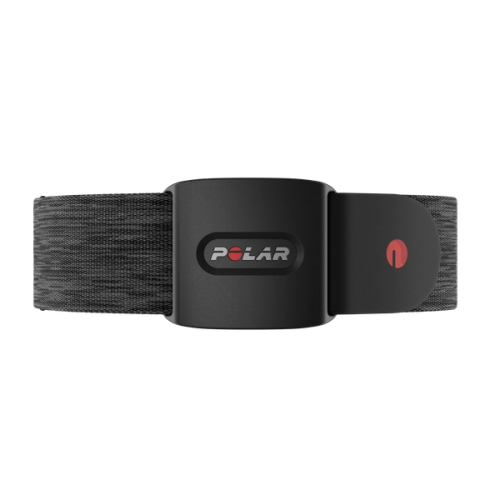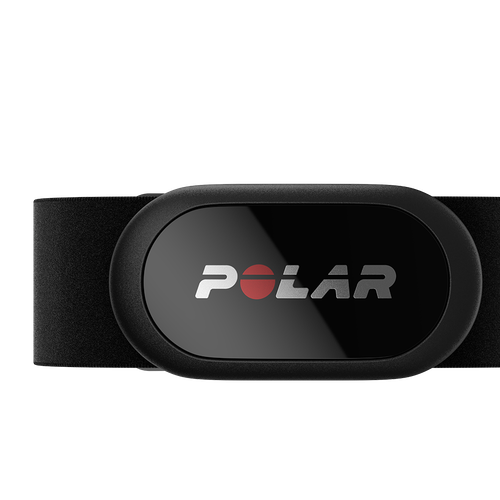The clock ticks past midnight. You’ve been tossing and turning for what feels like hours, your mind replaying conversations from the day, fretting over tomorrow's deadlines, or simply buzzing with an indefinable anxiety. You close your eyes, willing yourself to sleep, but your body feels wired, your thoughts like a chaotic symphony. Sound familiar? If so, you're experiencing a truth that many of us know all too well: the profound connection between how stressed you feel and how well (or poorly) you sleep.
So, what exactly is happening when stress and sleep collide? It's a relationship often described as bidirectional, meaning it's a two-way street, a constant feedback loop between your mind and body. High levels of stress have a direct and powerful impact, easily disrupting your natural sleep cycles. This can manifest in various ways, from struggling to fall asleep to waking up frequently throughout the night or simply never feeling truly rested. And, unfortunately, the reverse is just as true: when you're consistently getting poor sleep, your body becomes more susceptible to stress, creating a challenging cycle that's hard to break.
So, let's delve deeper into this intricate relationship, exploring the science behind why stress keeps us awake. We'll uncover the key players involved and offer practical, actionable strategies to help you break free from this cycle and reclaim a great night's rest and recovery.
The Science of How Stress Affects Sleep
The intricate dance between stress and our wellbeing is a fascinating area of science, particularly when we look at the roles of specific hormones and the persistent nature of our nervous system's responses. Understanding this delicate balance can shed light on why stress often feels so pervasive.
Cortisol vs. melatonin
At the heart of the stress-sleep dynamic are two powerful hormones: cortisol and melatonin. Think of cortisol as your body's alarm clock and energizer. It’s a primary stress hormone, naturally peaking in the morning to help you wake up and give you that boost needed to get up and tackle the day. When stress hits, whether it’s a demanding work deadline or a sudden emergency, cortisol levels rise. This surge is part of the 'fight or flight' response, designed to provide the energy and heightened awareness you need to navigate challenging situations. It keeps you alert, focused, and ready for action.
In stark contrast, we also have melatonin, often referred to as the 'sleep hormone.' Melatonin is produced by your pineal gland, with levels rising as darkness falls, signaling to your body that it’s time to wind down, relax, and prepare for sleep. It’s the gentle lullaby that guides you into slumber. Ideally, as evening progresses, cortisol levels naturally decline, making way for melatonin to rise. This harmonious shift is essential for a smooth transition to restful sleep.
Chronic disruption
However, when stress becomes chronic (i.e., persisting for a long time or constantly recurring), this delicate hormonal balance is severely disrupted. Persistent stress means your body is constantly perceiving threats, leading to sustained high levels of cortisol. Instead of gradually decreasing in the evening, cortisol remains elevated, essentially overriding melatonin's calming signals. It's like trying to fall asleep with a blaring alarm clock next to your bed – your body remains in a state of heightened arousal, making it incredibly difficult to relax and initiate sleep.
This chronic stress also keeps your entire nervous system in a state of constant activation. Our nervous system has two main branches: the sympathetic nervous system (SNS), which handles the aforementioned 'fight or flight' response, and the parasympathetic nervous system (PSNS), which is responsible for 'rest and digest.' In a healthy, balanced state, these two branches work in harmony, with the SNS kicking in during stress and the PSNS taking over to promote recovery and relaxation.
However, under chronic stress, the SNS remains dominant. This prolonged activation means your heart rate stays slightly elevated, your muscles remain tense, and your digestive system slows down. Your body simply doesn't get the sustained opportunity to downshift into the restorative mode managed by the PSNS. This continuous state of arousal, fueled by persistent cortisol and an overactive sympathetic nervous system, is a cornerstone of why chronic stress and sleep problems so often go hand in hand, trapping individuals in a challenging cycle of sleeplessness and heightened tension.
Stress and ANS
Even as we drift into slumber, that precious time we associate with complete rest and detachment, our bodies are still actively communicating. It's a fascinating phenomenon: the autonomic nervous system (ANS) continues its intricate work, offering profound insights into our stress levels, even when we're completely unconscious. It's a subtle yet remarkably powerful indicator, often revealing physiological truths that our busy, waking minds might completely miss.
You see, while you're dreaming or simply lying still, your body isn't truly ‘off.’ It's engaged in vital restorative processes, but also constantly reacting to its internal state. When stress has been a pervasive force in your life, your nervous system can carry that tension into the night. It's like a low hum in the background that you might not consciously register.
Your ANS comprises many branches, including the sympathetic (activating) and parasympathetic (calming) nervous systems. When you're experiencing chronic stress, you may have days where you feel less activated. However, your SNS will remain subtly elevated, even as you attempt to rest. This means that instead of entirely shifting into 'rest and digest' mode, our bodies might stay in a low-level 'fight or flight' state, hindering truly restorative sleep.
This underlying ANS activity can be a crucial signal of accumulated stress. For instance, if your SNS is working overtime, your heart rate might stay slightly higher during sleep, or your heart rate variability (HRV) – the natural variations in time between heartbeats – might be lower. A lower HRV often indicates that your ANS is less adaptable and more dominated by stress. These subtle shifts are significant because they suggest your body isn't fully recovering, even when you're asleep.
This is where advanced wearables come in, offering a window into these physiological responses. Features like Polar's Nightly Recharge and Sleep Plus Stages are designed to measure these very indicators. Nightly Recharge, for example, combines your ANS status (measured through HRV and heart rate) with your actual sleep stages to give you an overall picture of how well you've recovered overnight. Similarly, Sleep Plus Stages tracks your sleep architecture – how much time you spend in light, deep, and REM sleep – providing further clues about your recovery. By analyzing these subtle cues from your autonomic nervous system, these tools can effectively highlight when stress is impacting your recovery, even while you're fast asleep, giving you actionable insights to break the cycle.
undefined

Polar Ignite 3
Fitness & Wellness Watch
Polar Ignite 3 is a stylish fitness & wellness watch that helps you live a more energized life. It tracks your sleep, activity, and heart rate to provide guidance that’s tailored to your body and lifestyle.
How physical exercises causes stress
Something as beneficial as physical exercise causes stress in our bodies. Yes, that's right. It might seem counterintuitive, given all the talk about exercise reducing stress, but there's a fascinating physiological dance happening behind the scenes. In essence, every workout, every lift, every run is a controlled stressor.
When we challenge our muscles, elevate our heart rate, or push our endurance, we're intentionally placing demands on our system. These demands are perceived by the body as temporary stresses, prompting a cascade of internal adjustments. And the incredible part? Your body's subsequent ‘adaptations’ – getting stronger, faster, or building more stamina – are precisely its response to these stressors. It's how you get fitter because your body recognizes the challenge and proactively makes changes so it can better handle that same stress next time.
So, what exactly happens to your body when you exercise? You're essentially activating your SNS, which is why your heart rate quickens, your breathing becomes more rapid, and you start to sweat. However, even while your SNS leads the charge, your PSNS isn’t sitting idly by. In fact, it plays a crucial role in ensuring that all those physiological changes – the rise in heart rate, the increase in sweat production, the altered breathing – happen smoothly and gradually. Without its mediating influence, our bodily responses would be chaotic and unpredictable, making effective exercise impossible. So, while exercise causes a stress response, the PSNS is simultaneously working to keep that response regulated.
Interestingly, regular exercise also gives our PSNS a significant boost in the long run by stimulating the production of endorphins. These remarkable 'happy hormones' are fantastic at fostering a sense of relaxation. They signal to your body that, despite the momentary exertion, you're not in actual physical danger. This helps your system wind down and gracefully return to a state of homeostasis, or balance, once the temporary stress or excitement of your workout has subsided.
Of course, the key, like with most things in life, is balance. If your exercise routine consists solely of high-intensity workouts, you're constantly pushing your body and nervous system into that 'stress' zone. While beneficial in moderation, chronic high-intensity stress without adequate recovery can quickly become counterproductive. This constant demand without sufficient downtime means your body struggles to truly repair and rebuild. When recovery falters due to this sustained stress, your sleep often takes a hit, becoming less restorative. And as we've explored, poor sleep then feeds right back into heightened stress, creating a challenging loop that leaves you feeling drained rather than revitalized.
undefined
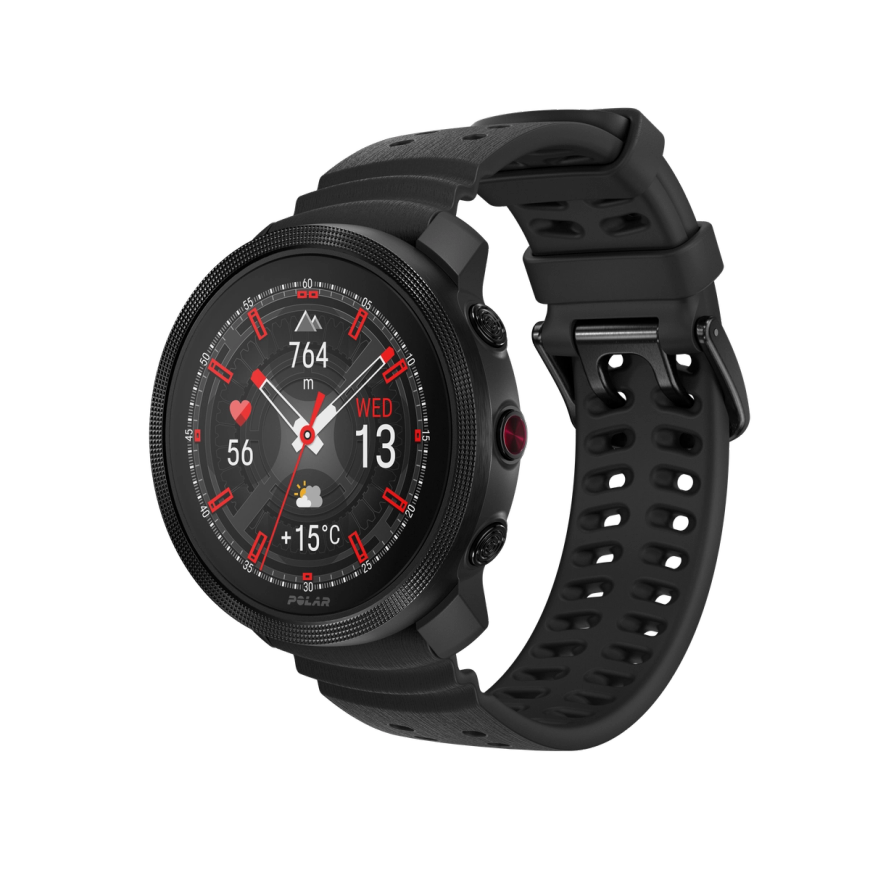
Polar Vantage M3
Smart Multi-Sport Watch
Polar Vantage M3 is a smart multi-sport watch for multi-sport athletes that’s compact yet powerful, stylish yet strong, and designed to bring extraordinary training, sleep and recovery tools into everyday life.
Breaking the stress cycle
Experiencing chronic stress can often feel like being stuck in a loop, especially when it starts to mess with your sleep. But the good news is you can absolutely learn to break that cycle. It's all about intentional strategies that help you manage your mind and body.
- Make Daytime Exercise a Priority: Regular physical activity is a powerhouse for both stress relief and sleep quality. As we mentioned above, working out releases endorphins that boost your mood and energy. A consistent fitness routine is strongly linked to getting more sleep and higher quality sleep. Just remember, it’s best to schedule your workouts earlier in the day rather than close to bedtime to maximize their positive effect on your rest.
- Schedule 'Worry Time': Anxious thoughts are notorious for hijacking your sleep. Instead of letting them ambush you at night, try scheduling a dedicated 'worry time' during the day. This might sound odd, but setting aside a specific block in the morning or afternoon allows you to constructively think about and strategize around your anxieties. This way, when bedtime rolls around, you've already given those thoughts their due, preventing them from disrupting your precious sleep.
- Practice Breathwork: Never underestimate the power of your breath. Engaging in breathwork is a proven way to quickly reduce stress and enhance sleep. Techniques like the cyclic sigh (also known as the physiological sigh, which consists of a double inhale through the nose followed by an extended exhale through the mouth) are incredibly effective. This method helps calm your nervous system, allowing your body to relax deeply. Many apps and devices, like Polar Serene, can guide you through these beneficial breathing exercises, making it easy to incorporate them into your daily routine.
- Unload Your Mind Before Bed: If you find your thoughts racing when you try to sleep, try a brain dump. Jot down everything on your mind (worries, to-dos, ideas) in a notebook. This simple act can help clear your head, making it easier to drift off. There are also tons of great apps that can guide you through calming meditations and breathing exercises, giving your mind something constructive to focus on as you wind down.
Creating Your Ideal Sleep Routine, One Step at a Time
Building a better sleep routine doesn't have to mean a complete overhaul overnight. Sometimes, the most effective approach is to make small, consistent changes, one little thing every day. By gradually integrating these habits, you're setting yourself up for long-term sleep success.
- Reduce Stimulant Consumption: Nicotine and caffeine are powerful stimulants that can keep you wired when you should be winding down. If you enjoy coffee or tea, try to cut off consumption earlier in the day, perhaps after lunch or in the early afternoon. For nicotine, aim to avoid it for several hours before bed. It's ok to take it slowly and tackle one stimulant at a time to see how it impacts your ability to relax.
- Rethink Alcohol Before Sleep: While alcohol might initially feel sedating, it often leads to fragmented and less restorative sleep as your body metabolizes it. Instead of a nightcap, try swapping it for a calming herbal tea or a glass of water. Gradually reduce your alcohol intake in the evenings to observe the positive difference in your sleep quality.
- Embrace Calming Evening Rituals: Your brain thrives on routine. Start by adding one relaxing activity to your pre-bed sequence. This could be a warm bath, some gentle stretching, listening to calming music, or reading a physical book. These rituals signal to your body that it’s time to shift gears from the day’s demands to a state of peaceful readiness for sleep.
- Power Down Electronics Before Bed: The blue light emitted by TVs, computers, and smartphones can seriously disrupt your sleep. This light can interfere with your body's melatonin production, which, as we've seen, is crucial for sleep. Gradually reduce your screen time during the hour or two before bed. Perhaps start by putting your phone away 30 minutes earlier, then extend that time each week. Ideally, keep these devices out of your bedroom altogether.
- Optimize Your Bedroom Sanctuary: Your bedroom should be a haven for rest. Begin by dimming the lights as evening approaches. Then, work on reducing outside noise – maybe try earplugs or a white noise machine. Finally, tackle the temperature. Experts often suggest keeping it between 60 to 67 degrees Fahrenheit (15 to 20 degrees Celsius), with 65 (18) degrees being a sweet spot for many. Pick one of these elements to adjust daily until your room feels just right.
- Establish a Consistent Sleep Schedule: This is foundational. Try to go to bed and wake up at roughly the same time every day, even on weekends. This consistency helps regulate your body’s natural sleep-wake cycle (your circadian rhythm). You’ll likely find that a regular schedule promotes deeper slow-wave sleep (SWS) and more restorative REM sleep. Start by shifting your bedtime or wake-up time by just 15 minutes each day until you hit your ideal.
Reclaiming Your Rest
Ultimately, creating a better sleep routine isn't about perfection – it's about conscious effort and small, sustainable changes. Each step you take, whether it's putting away your phone an hour earlier or simply trying a new breathwork technique, contributes to building resilience against stress and fostering the restorative sleep your body and mind truly need. Your journey to better sleep is a personal one, but with awareness and consistent action, you can absolutely empower yourself to break free from the grip of stress and rediscover the profound benefits of a good night's rest.
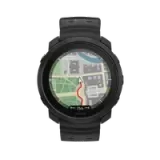 Polar Vantage M3
Polar Vantage M3
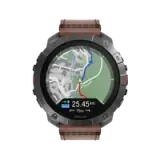 Polar Grit X2 Pro Titan
Polar Grit X2 Pro Titan
 Polar Grit X2 Pro
Polar Grit X2 Pro
 Polar Grit X2
New
Polar Grit X2
New
 Polar Vantage V3
Polar Vantage V3
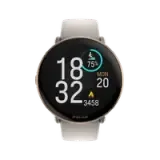 Polar Ignite 3
Polar Ignite 3
 Polar Ignite 3 Braided Yarn
Polar Ignite 3 Braided Yarn
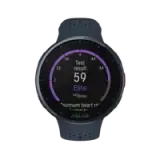 Polar Pacer Pro
Polar Pacer Pro
 Polar Pacer
Polar Pacer
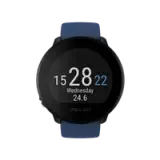 Polar Unite
Grit X Series
Vantage Series
Pacer Series
Ignite Series
Polar Unite
Grit X Series
Vantage Series
Pacer Series
Ignite Series
